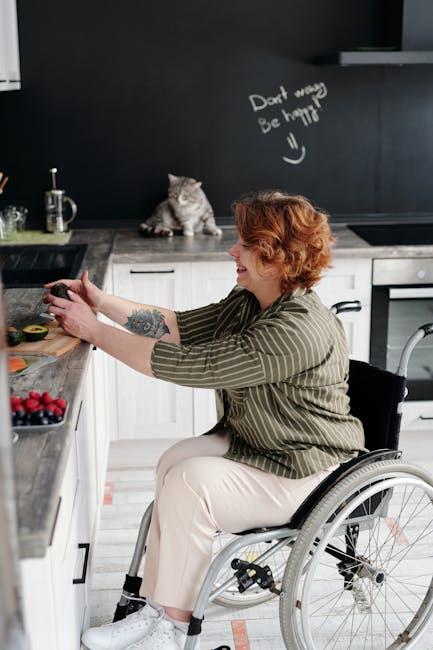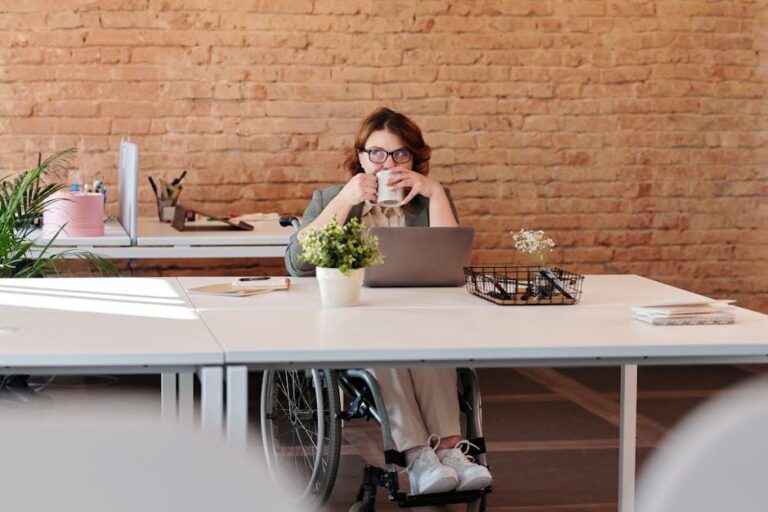
The Relationship Between Self-Reported Hearing Impairment and Dental Care Utilisation
Understanding the health challenges faced by people with hearing impairment is crucial for delivering equitable healthcare services. A significant but underexplored aspect is how self-reported hearing impairment affects dental care utilisation. This article dives deep into recent research published by the British Dental Journal via Nature, discussing the interplay between hearing loss and dental health access, highlighting barriers, practical tips, and strategies to improve care for individuals with hearing impairment.
Introduction: Hearing Impairment and Dental Care Access
Hearing impairment is one of the most common sensory disabilities worldwide, affecting communication, social interaction, and access to healthcare services, including dental care. Patients with hearing loss often experience unique challenges when visiting dental providers, which can influence their frequency and quality of dental care utilisation.
In this context, “self-reported hearing impairment” refers to individuals’ own assessment of their hearing difficulties rather than formal clinical testing. Recent studies have suggested a notable correlation between self-reported hearing problems and lower rates of dental visits and preventive care.
The Connection: Why Hearing Impairment Influences Dental Care Utilisation
Several factors come into play when examining why individuals with self-reported hearing impairment might underutilize dental services:
- Communication Barriers: Hearing loss can make it difficult for patients to understand verbal instructions from dentists and hygienists, leading to anxiety or reluctance to attend dental appointments.
- Increased Anxiety and Stress: The inability to effectively communicate concerns may heighten dental anxiety, a known obstacle to consistent dental visits.
- Accessibility Issues: Some dental clinics lack adequate accommodations, such as hearing aids compatible systems or staff trained in communication with hearing-impaired patients.
- Diminished Health Literacy: Trouble understanding health information can impact patients’ knowledge about the importance of routine dental check-ups and hygiene.
Key Findings from British Dental Journal – Nature Study
The study featured in the British Dental Journal via Nature investigated the dental care behaviours of adults who self-identified with hearing difficulties. Here are some core insights:
| Factor | Impact on Dental Care Utilisation |
|---|---|
| Severity of Hearing Impairment | Greater impairment correlated with decreasing frequency of dental visits |
| Age Group | Older adults with hearing loss showed particularly reduced preventive dental care |
| Socioeconomic Status | Lower SES exacerbated barriers to dental care among hearing-impaired individuals |
| Use of Hearing Aids | Patients using hearing aids were more likely to attend dental appointments regularly |
Challenges in Dental Care for People with Hearing Impairment
In addition to barriers identified by research, hearing-impaired patients face practical difficulties during their dental experiences:
- Difficulty Hearing in Noisy Environments: Dental clinics can be noisy, making it hard for hearing-impaired individuals to follow conversations.
- Visual Communication Limitations: Masks and personal protective equipment reduce lip reading and facial cue availability.
- Inadequate Staff Training: Many dental professionals lack training in effective communication strategies for patients with hearing loss.
Benefits of Improving Dental Care Accessibility for Hearing-Impaired Patients
Addressing hearing challenges in dental settings not only benefits patients but also improves practice efficiency and patient satisfaction.
- Enhanced Patient Trust: Better communication builds rapport and encourages regular dental visits.
- Improved Oral Health Outcomes: Patients who understand instructions are more likely to maintain good oral hygiene and adhere to treatments.
- Increased Patient Retention: Accommodating hearing impairments can reduce missed appointments and cancellations.
Practical Tips for Dental Professionals
Dental practices looking to improve services for patients with self-reported hearing impairment can implement simple but effective strategies:
- Use Clear Visual Aids: Diagrams, written instructions, and videos can supplement verbal communication.
- Employ Assistive Listening Devices: Technologies like hearing loops or FM systems can facilitate communication during appointments.
- Train Staff: Educate the dental team on deaf awareness, including speaking clearly, facing the patient, and confirming understanding.
- Ensure Quiet Environments: Minimize background noise in consultation rooms.
- Encourage Pre-Appointment Communication: Use email or text reminders with detailed instructions and confirmation.
Firsthand Experience: A Patient’s Perspective
Jane, a 58-year-old with moderate hearing impairment, shares her dental journey:
“For years, I avoided the dentist because I couldn’t hear well enough to ask questions or understand what the dentist was saying. The constant noise of the equipment made it worse. Once I found a dental office that used visual aids and spoke clearly, I felt much more comfortable. Now, I visit regularly and my oral health has really improved.”
Case Study: Implementing Hearing Accessibility in a Dental Clinic
A dental clinic in Manchester incorporated hearing accessibility measures with impressive results:
| Measure Implemented | Outcome |
|---|---|
| Staff deaf awareness training | Staff confidence improved, better patient communication |
| Installation of hearing loop systems | Patients reported clearer conversations during treatment |
| Visual appointment reminders via SMS | Reduced no-shows by 15% |
| Provision of written take-home care instructions | Improved patient compliance with dental hygiene routines |
This case highlights tangible benefits from embracing hearing-friendly dental practices.
Conclusion: Towards Inclusive Dental Care for Hearing-Impaired Patients
The association between self-reported hearing impairment and reduced dental care utilisation underscores the need for tailored, accessible dental services. By understanding and addressing the unique communication and access barriers faced by hearing-impaired individuals, dental professionals can promote equitable oral healthcare for all.
Implementation of patient-centered communication strategies, assistive technology, and staff training can significantly enhance dental experiences and health outcomes for those with hearing loss. As awareness grows, it is essential that dental practices across the UK and beyond prioritize inclusivity — ensuring that no patient is left behind due to sensory impairment.
Keywords: hearing impairment and dental care, self-reported hearing loss, dental care utilisation, dental accessibility for hearing impaired, hearing impaired dental patients, barriers to dental visits, hearing loss and oral health, British Dental Journal Nature study


